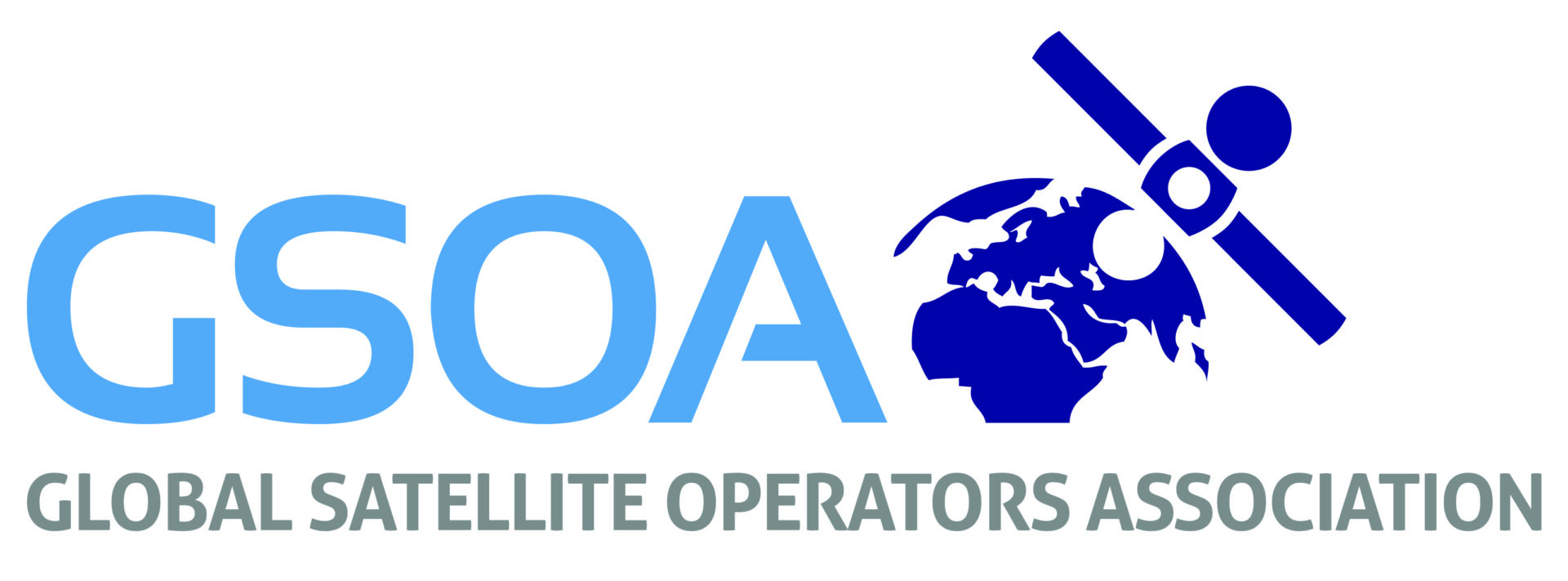ESOA Members at the heart of innovation
Understanding the needs in different parts of the world requires a global vision and an inclusive approach to technology. “Satellites are blind to national borders; blind to political regimes. Beyond TV, satellites bring broadband connectivity to schools, hospitals, local communities, and even enable microfinance in rural areas. They bring opportunities to everyone and governments should encourage more use of them,” says ESOA Secretary General, Aarti Holla.
The Festival saw sessions and talks on Smart Living, Smart Working and Smart Society and all concluded that ‘Smart’ only happens through collaboration: collaboration across operators, sectors, and governments.
Across all sectors, the central role of Satellites in the digital future was clear. High Altitude Platforms (HAPS), satellites and WiGig (next generation WiFi) will all be instrumental in enabling connectivity to drive socio-economic development in the world. “Technology is not something reserved for the urban elite but a tool with which to provide a better future for everyone and fulfil the needs of society as a whole
In Europe, with the current goals set by the European Commission, ESOA called for a collaborative approach to achieve the 5G “network of networks”, proffering the need for satellites to ensure inclusion, resilience and quality. “Satellites are about more than digital inclusion, in today’s world they are also about enabling sustainable and efficient connectivity solutions for everything on the move like planes, trains and cars,” said Andrew Faiola, Director of Mobility Solutions for Intelsat and Chair of ESOA’s Network & Services Working Group.
Natalia Vicente
Director of Public Affairs & Communications
nvicente@gsoasatellite.com
+32 2 669 4274



